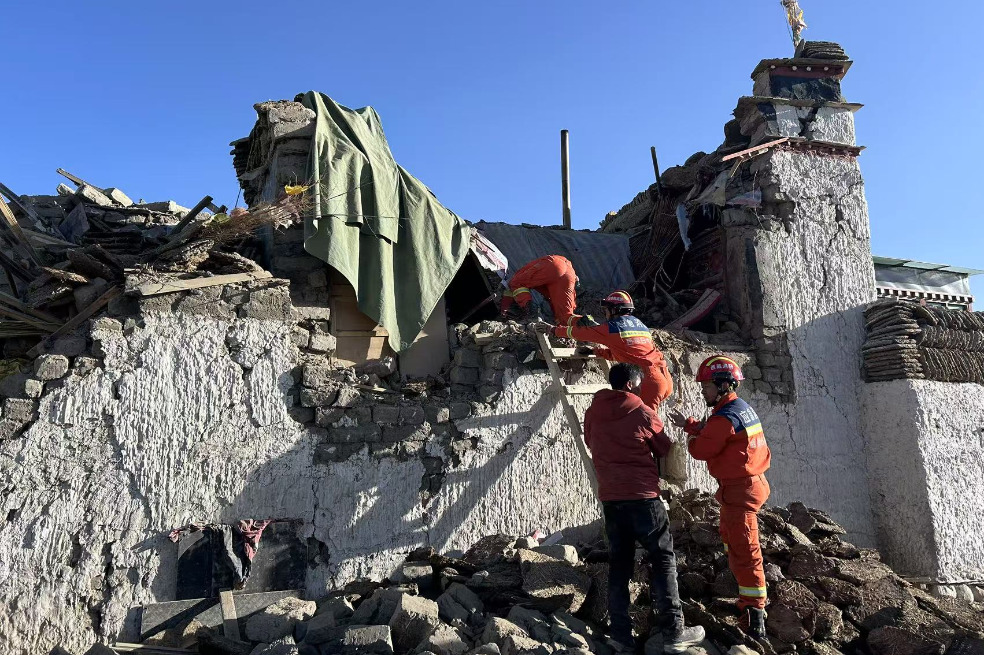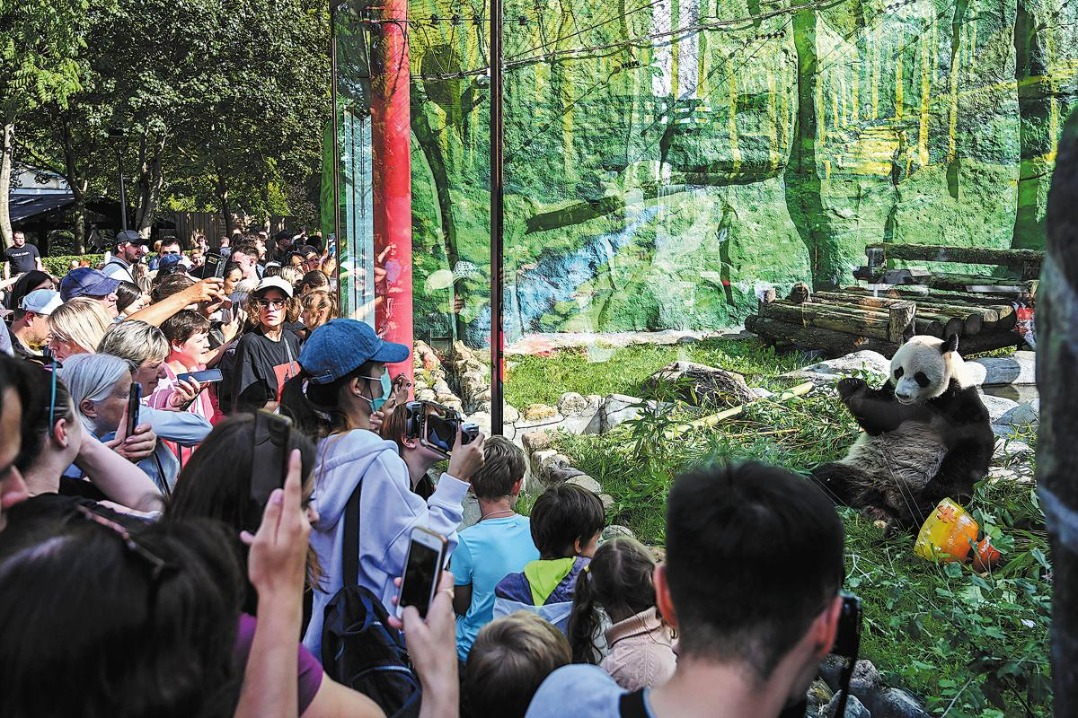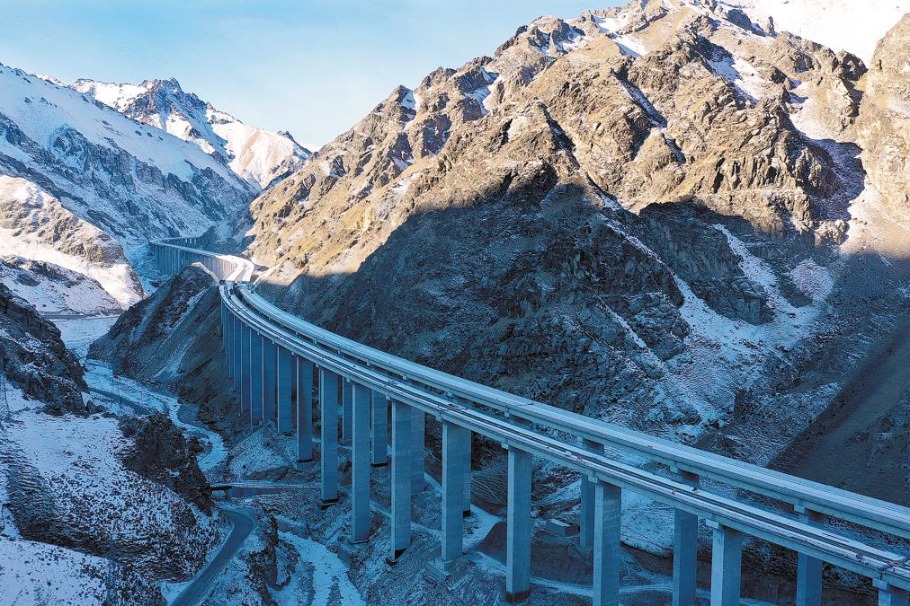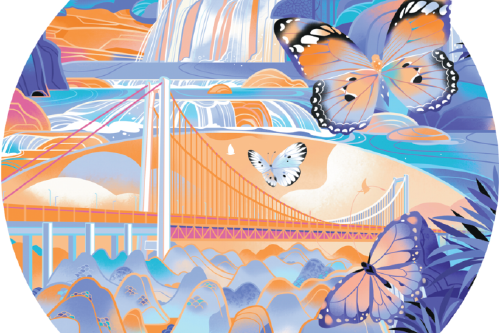Views of the grassland
By Yang Yang | China Daily | Updated: 2017-05-04 06:53
 |
| Bayaneruul, director of In the Steppes. |
In winter, the temperature can drop to -40 C and thick snow can reduce visibility to the point that even two people standing close to one another might not be able to see each other. In worse situations, when the wind is fierce, the herders may lose sight of their sheep.
Since shooting needed to be done just over a few months and the animals couldn't be expected to follow human instructions, Bayaneruul says he adopted a documentary style to shoot the TV drama. All the shots related to animals are real footage to be edited later.
"I regard it a responsibility to present the real life in our steppes. Back in the '80s, the herders had only a few kinds of animals, but now they have many. And the life and folk customs across the steppes vary. Funerals in different districts are different from each other. So if we make mistakes in such details, it will be a scandal," he says.
Another problem is the setting. In the 1980s, people lived in yurts, then they settled down living in mud houses, and later concrete houses.
"But now you cannot find a mud house anywhere and we had no time to build one, so we had to reduce shootings related to such buildings."
Bayaneruul says the challenges he faced has turned his hair gray. He slept for only two hours a day while shooting.
The director was born in Erdos, and his family used to live a nomadic life. Eventually, he went to high school in a city, but during his holidays he would return to the grasslands to look after the animals. He fell in love with films in his young days after watching them at an open-air theater in Erdos during the summer.
After high school he went to Shanghai Theater Academy to study theater and performance. In 1999, he completed his studies in film direction from Beijing Film Academy.
























